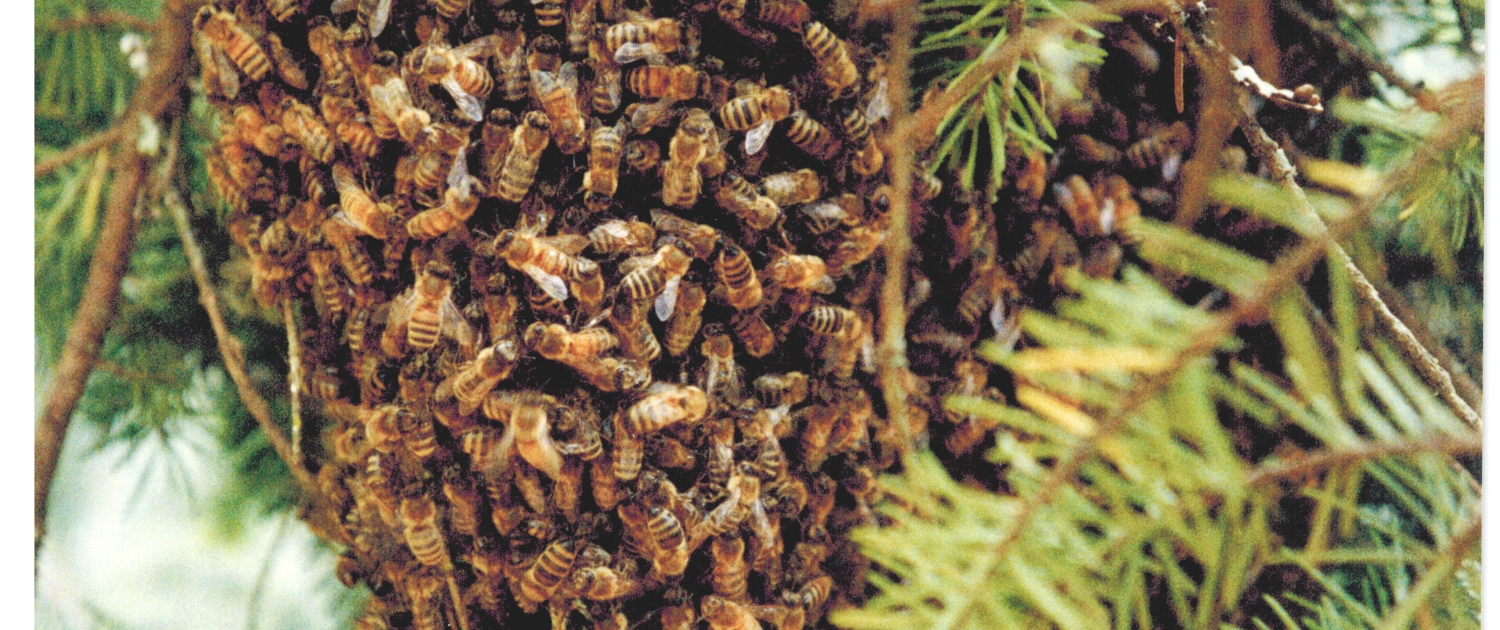A Brief History

Swarm
In 1997, when feral colonies were thought to be near extinction due to varroa mites, we began capturing wild honeybee swarms from very remote locations in the sparsely inhabited wilderness of the North Olympic Peninsula of Washington State.
Reliable oral history of the area confirmed that these isolated bees had managed to survive since the late 1890’s without human intervention. Believing they may have developed some natural resistance to varroa destructor, we began our Survivor Bee Breeding Program by:
- continuing to capture wild swarms
- including USDA Primorsky Russian; SMR/VSH; and Caucasian breeder queens since 2000
- utilizing instrumental insemination procedures
- diligently protecting our isolated mating yards
- routinely conducting laboratory testing
- improving nutrition by supplying quality protein and herbal food supplements.
- applying a rigorous sterilization routine
- and remaining firmly committed to a chemical-free accelerated natural selection process
The early years of our success against varroa, met a devastating blow in the winter of 2007/2008 when a series of environmental stressors converged with the arrival of nosema ceranae in our apiary. Withholding chemicals to pursue accelerated natural selection in conditions of extreme exposure to this new fungus, with its possible associated viruses, was a high risk choice for us to make.
But armed with the knowledge that our bees had been thriving in Northwest Washington’s fungus-rich environment within the world’s largest temperate rainforest, we decided to gamble on the prospect that our bees could develop a tolerance to this new microsporidian as well.
Four disheartening years of 90% losses, followed that decision.
But, in January of 2012, when we came across a newly published report out of Denmark, which concluded:
…After decades of selective breeding for Nosema tolerance in the Danish strain, it appears these bees are tolerant to N. ceranae infections.
…our hopes were renewed.
So when spring arrived in 2012, and only 10% of our colonies had failed, we have been newly encouraged that achieving our goal of nosema tolerance is possible.
Those long years of heavy winter losses have resulted in hardy unmedicated bees that are now maintaining healthy populations in spite of USDA Beltsville Bee Laboratory results confirming the presence of staggering n. ceranae spore loads…over 50 million spores per bee!
Since recovering from those losses we have begun to identify another significant trait in our surviving colonies: they have naturally adapted themselves to become extreme pollen hoarders. Because the importance of good nutrition cannot be overstated in the maintenance of healthy colonies, we see this adaptation as integral to the successful survivability of our stock.
By carefully selecting our breeder queens from this core group of survivors, we are confident that the regionally unique feral hybrid queen lines we offer demonstrate genetics capable of withstanding many of the lethal pathogens that threaten honeybees everywhere.